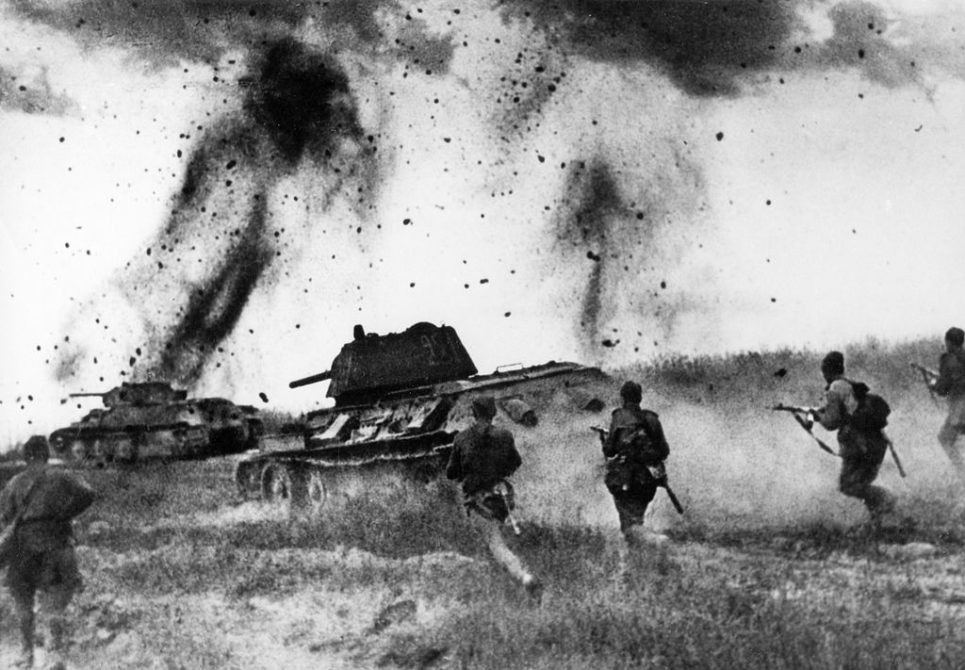There were several wide-scale wars that occurred during the 20th century. Of course, two of them were massive World Wars. And these World Wars featured plenty of tank battles. As time went on, the biggest global powers replaced their tanks with planes. But less industrialized countries continued to use tanks more widely into the 1970s and 80s. Below are the five biggest tank battles that influenced history.
The Battle of Chawinda
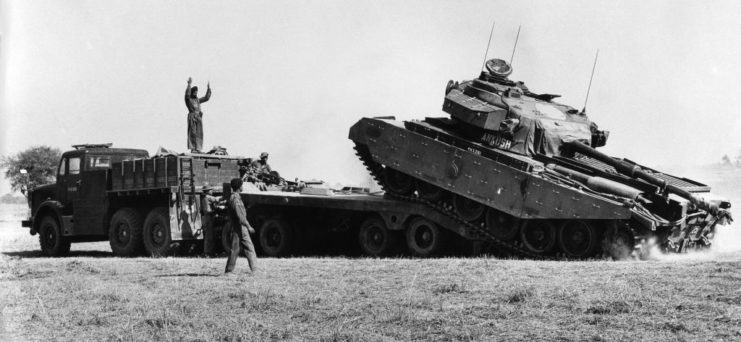
There were several massive tank battles in World War I and World War II. And while large-scale tank battles dissipated after those fights, that didn’t mean that they stopped. 1965’s Battle of Chawinda featured one of the most significant tank fights since WW2. The battle saw Indian and Pakistani forces facing off during the Second Kashmir War.
The fight was seemingly lopsided with 50,000 Pakistani troops with 150 tanks facing off against 150,000 Indian soldiers with 260 tanks. The battle was fierce, and the Pakistanis claimed that they had destroyed 120 enemy tanks. The Indian Army disputed that claim, saying that only 29 of their tanks had been destroyed. Pakistan was able to repel the Indian encroachment into their territory, and Indian forces pulled back into a defensive position. The United Nations Security Council demanded a ceasefire between the combatants following the battle. Since both nations heavily relied on aid from the UN, the conditions were accepted.
The Battle of the Valley of Tears
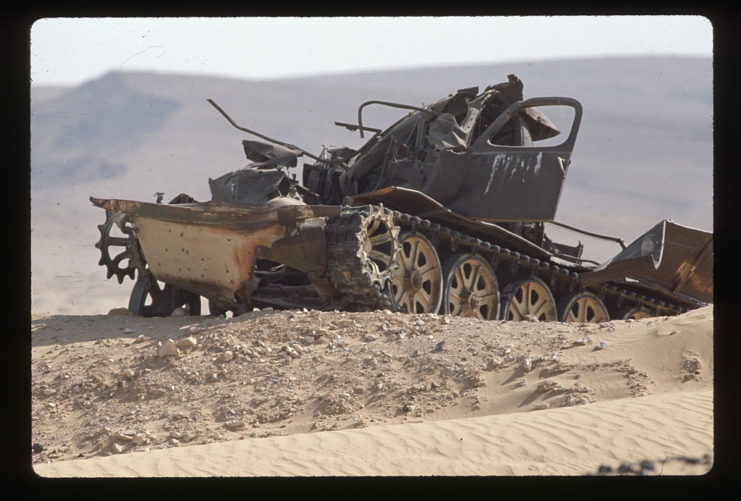
In the early 1970s, the Israeli Army faced off against an Arab state coalition led by Egypt and Syria. The Arab forces were attempting to reclaim the Sinai Peninsula from Israel. In this 1973 battle, the Israelis were at a clear disadvantage. They only had a single armored brigade with around 100 tanks. Their Syrian opponent had a force of over 1,400 tanks, with 400 of them being the most modern tanks from Russia.
And while this was seemingly David vs. Goliath-style battle, the Israeli forces more than held their own. Throughout the four-day battle, the Israelis repelled the Syrians repeatedly. By the end of the fight, the Israeli forces were close to being decimated. But the Syrian troops decided to pull back, giving the Israeli forces a shocking victory.
Second Battle of El Alamein
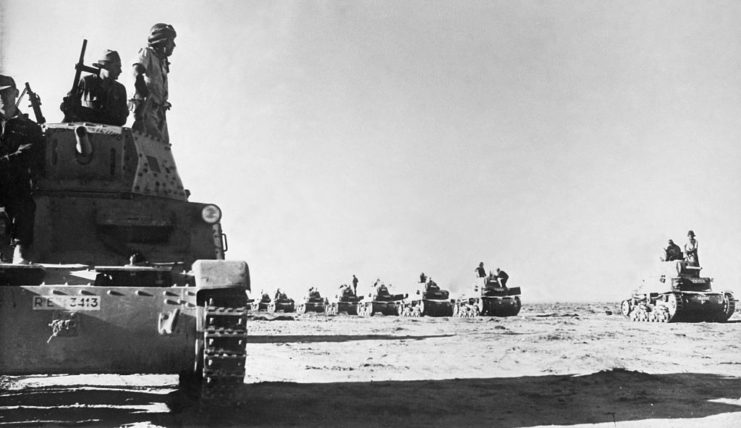
The largest desert tank battle in world history saw the British Army take on German and Italian Axis troops. The fight took place in the early days of World War II when the Axis forces had a clear advantage. In November of 1942, in North Africa, 200,000 Allied troops, with 1,000 tanks, took on 116,000 Axis troops with 500 tanks.
The battle was devastating for both forces. The Allies lost more than half of their tanks and suffered high casualty rates. But the Axis forces fared even worse. The Germans and Italians saw nearly all of their tanks destroyed in the fight. The Axis forces also had more than half their soldiers killed, wounded, or captured. While the British were fighting in the African desert, Russian troops took on the Germans at the Battle of Stalingrad. The Allied victories in those two battles turned the tide in World War II.
Battle of Kursk
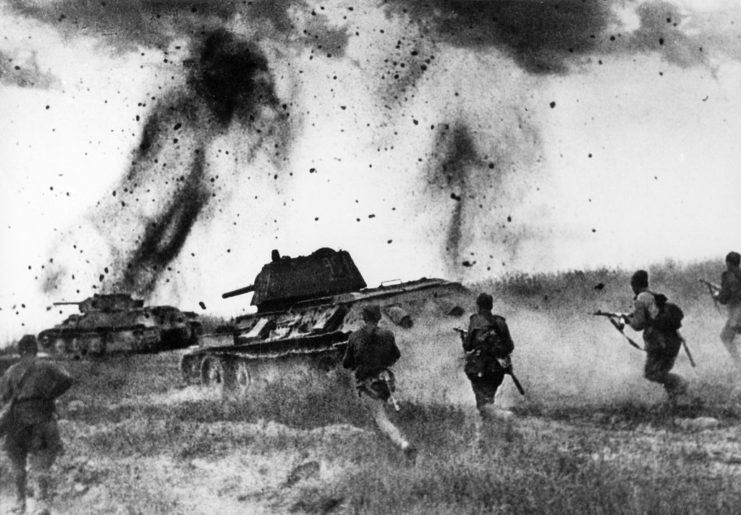
In 1943, the tide was turning against the German Army. The Fuhr decided that his best move that summer would be weakening the Soviet Army’s ability to go on the offensive. He hoped to do so through Operation Citadel, a battle in the Russian city of Kursk. If the operation was successful, he hoped that the Allied powers would pull out of the war.
Things did not go how the Germans hoped they would. The Russian force, which included 2.5 million troops and 7,300 tanks, completely overwhelmed the one million German soldiers and their 3,200 tanks. While the Russians incurred massive losses, including 6,000 armored vehicles, their sheer numbers allowed them to absorb these losses. Even though the plan was his, the Fuhr blamed his staff for the heavy losses. And for the remainder of the war, the Soviets were on the offensive against the Germans.
The Battle of Brody
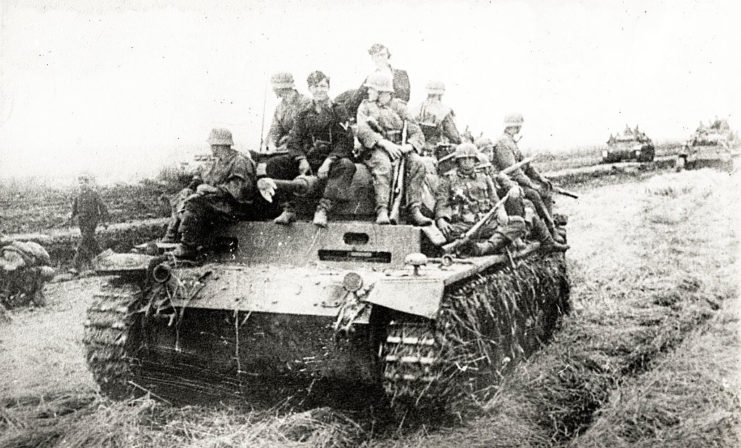
The Battle of Brody, which took place in June of 1941, was the largest tank battle in world history. In the fight, the Russian Red Army took on the Germans in Soviet Ukraine. The Germans made this one of the first steps of Operation Barbarossa, the Nazi’s invasion of the Soviet Union.
The German Army did not have the sort of numbers the Russians did. But they were able to close the manpower gap thanks to the clear leadership of Generaloberst Paul Ludwig Ewald von Kleist. The Russians, on the other hand, did not have a clear commander. While the Germans and Russians both suffered heavy losses, it was the Germans that emerged victoriously. The win allowed the Germans to continue to press into Russia, thus, extending Germany’s war efforts.
